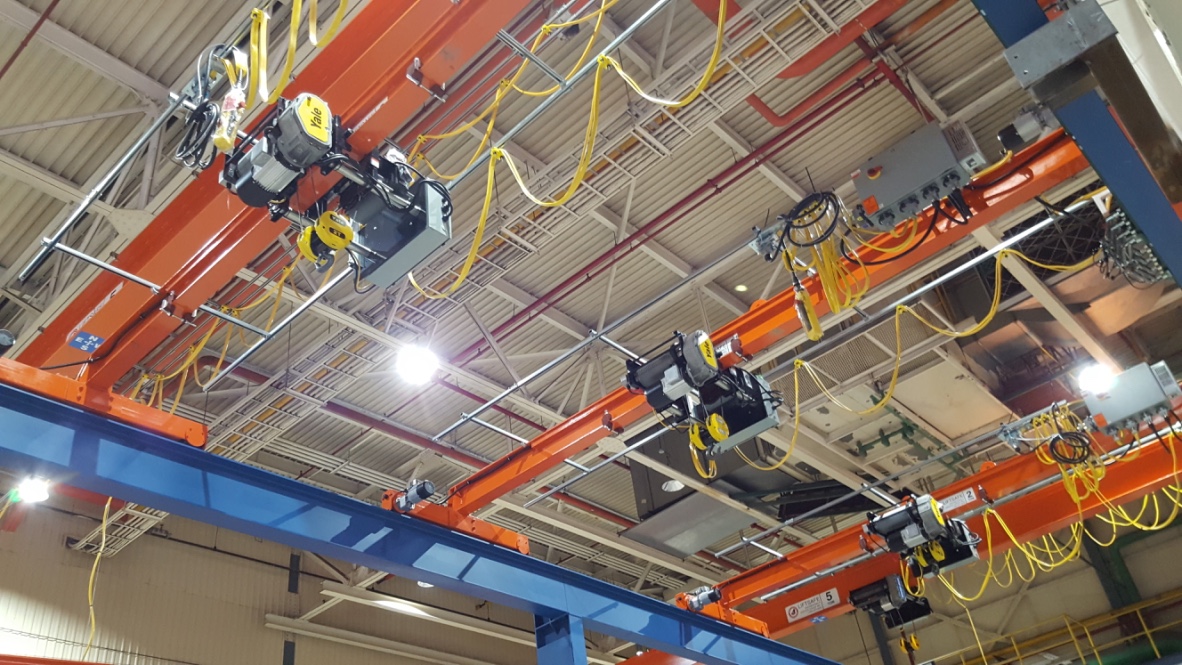Knowing how cranes should be used and how they should not be used is critical to crane safety. Being aware of the following misconceptions can save your equipment and increase the level of safety at your facility.
Common Misconceptions
“The crane worked yesterday so I can assume that it will work today” -WRONG. Daily inspection is the simplest but most overlooked rule of crane operation. This type of inspection doesn’t require a maintenance person, just a common-sense checklist. It should take one operator about one minute at the beginning of each shift to look, listen and document.
“As long as the hoist has enough rope, I can pull a small piece of steel out of the adjoining bay without a problem. After all, the piece I’m picking up is well below capacity” -MISTAKE. This is one of the most common mistakes made with overhead cranes. According to the Hoist Manufacturers Institute and the Crane Manufacturers Association of America, hoists and cranes are designed to lift straight up and lower straight down only.
“I don’t need to worry about overloading the crane; the manufacturer built a big safety factor into its design” -MISCONCEPTION. This is the single most dangerous misconception about overhead cranes. Although some parts of an overhead crane are designed with a built-in safety factor, this is not true of the whole crane system. According to OSHA, 80% of all cranes upset and structural failures can be attributed to exceeding the crane’s operational capacity.
Dropped Loads
When working with overhead cranes, dropped loads are one of the most common safety hazards. Improper operator training, side pulling with the crane, poor rigging technique, using an incorrect lifting device and hoist overloading, are the most common causes for dropped loads.
To help avoid dropped loads and increase crane safety, the following safety checks should be considered in addition to any inspections or training required by local laws and regulations:
- Make sure that all crane operators have complete and up to date training for all of the cranes in use at your facility.
- Always follow the Original Equipment Manufacture’s guidelines for proper maintenance.
- Test run the crane the full length of the runway and bridge span to ensure no obstructions will restrict the cranes travel motions.
- Test that all motion’s travel speed matches the intended specifications.
- Turn the crane off, engage the hoist “up” switch, the hook should not rise. Engage all other motions to ensure no movement is possible. Turn the mainline switch back on and raise the hook to test the upper limit switch. All travel and hoist motions should match the control labelling directions.
- Ensure that the wire rope is not twisted, kinked or damaged, also, check to ensure all other limit devices are properly functioning.
The misconceptions discussed here represent a small fraction of the issues involved with crane safety, but they comprise the overwhelming majority of crane accidents and breakdowns. Make sure you and those around you understand these six safety checks, to have a safe and productive day.


